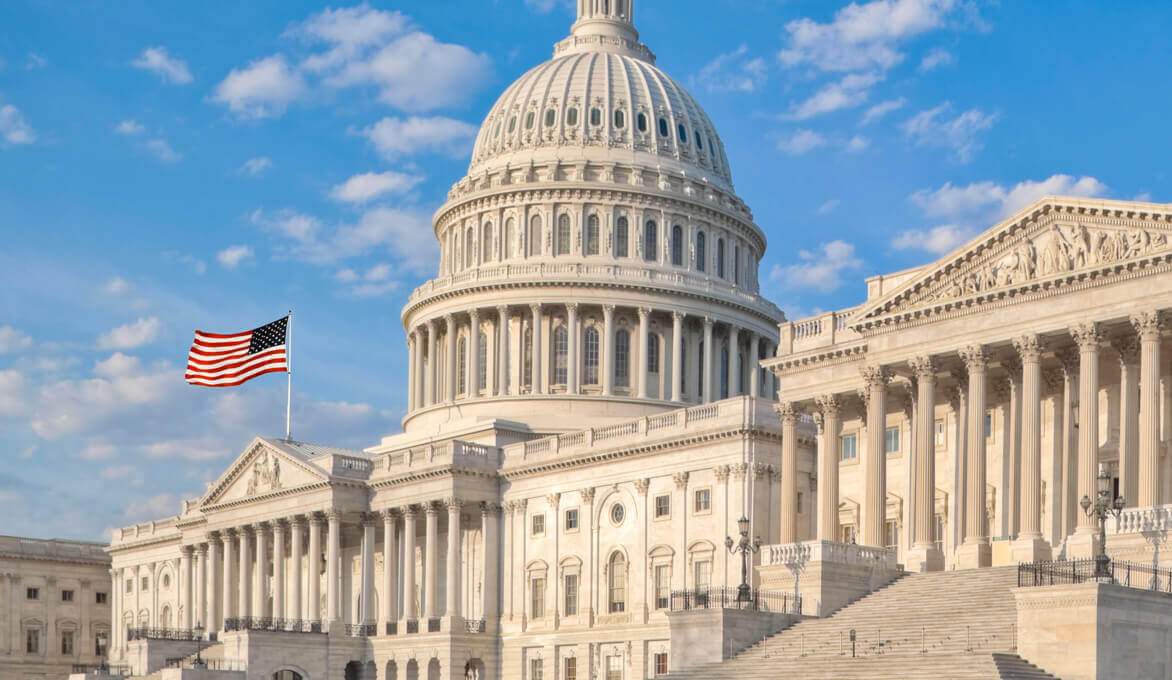Payroll Tax Deferrals

Co-authored by Josh Lapierre
(A Discussion of Notice 2020-65 and its Cauldron of Confusion)
On Friday the Treasury Department issued Notice 2020-65, rolling out the deferral of payroll taxes that was first announced with a Presidential directive on August 8. Business owners understandably have been very interested in this, given their roles in payroll tax obligations. The purpose of this article is to explain (best we can) how the deferral will work. However, the directive weeks ago raised many questions about how this theoretical benefit would be implemented. We knew this notice was in the works and hoped it would clear up those questions. However, clarity remains glaringly absent, continuing the inexcusably frustrating pattern we have seen for months with so much of the pandemic’s financial relief “guidance.”
The sources
We have two formal sources of information on this topic:
- The August 8 Presidential directive may have the force of law, but it really didn’t put anyone on the hook for any action other than the Treasury Secretary. That document told us what was in the works, but it was nothing other than a set of instructions to the Treasury Secretary, from his boss (the President), telling him to write rules that three weeks later took the form of Notice 2020-65.
- Unlike the earlier directive, Notice 2020-65 actually creates rules that now apply to employers.
The “relief”
First, recall that federal payroll taxes consist most commonly of the 6.2% Social Security tax and the 1.45% Medicare tax. Both are withheld from an employee’s wages, to be remitted to Uncle Sam by the employer, who also must “match” those funds with identical amounts from its own pocket. The employer remits those amounts on a monthly or semiweekly schedule.
The thrust of the notice is five-fold:
- First, it applies only to the employee share of taxes. Recall that under CARES Act provisions, many employers already received a different, optional deferral of time to deposit portions of their “match” – the employer share (colleagues Andy Smith and Matt Landon discussed this in an April 1 BNN article.)
- It also applies only to the 6.2% Social Security component; it excludes the 1.45% Medicare tax.
- The notice states that the deadline for withholding and depositing the employee share of the 6.2% Social Security tax is deferred. For compensation paid beginning September 1 and ending on December 31 of this year, the normal monthly or semiweekly deposit schedule is ignored, and the amounts instead are due ratably between January 1 and April 30 of 2021.
- This deferral applies to both the (1) withholding of the tax from the employee and (2) depositing of the funds with the IRS.
- The deferral is allowed only for taxes applicable to compensation with a pay date during the period beginning on September 1, 2020, and ending on December 31, 2020, but “only if the amount of such wages or compensation paid for a bi-weekly pay period is less than the threshold amount of $4,000 or the equivalent threshold amount with respect to other pay periods.” Note that this is not worded “compensation up to $4,000.” It instead describes a hard cut-off that allows the deferral for employees whose compensations are under this amount during the period in question, and prohibits it completely for employees whose compensations exceed it. Note that “wages” are defined by reference to Internal Revenue Code Sections (“IRC”) 3121(a) and 3231(e), which means that for purposes of the $4,000 cap, reductions for many benefits are allowed. (For example, if bi-weekly pay is $4,200 before withholding for health insurance, but $3,950 net of it, that pay would qualify.)
The cauldron of confusion
A number of observations follow, including several concerns with Notice 2020-65 that are immediately apparent, without clear solutions. Among them:
- This utilization of this deferral appears to be voluntary. This is not explicitly stated in the notice, but the language does not suggest the deferral must be implemented, either, and Treasury Secretary Mnuchin informally told media prior to issuing the notice that it would not be mandatory. This notice provides marching orders only to employers – not to employees. It does so by attaching the term “Affected Taxpayers” to employers, and then directing the rules/relief to Affected Taxpayers. Withholding has always been the sole responsibility of the employers, and it would appear, then, that the burden of deciding whether to use this deferral is on their shoulders.
- What about employees who quit or retire before the deferred withholdings are ratably and fully recovered? Where does the money come from? Remember, this deferral applies to employers, and the subsequent “undeferral” (if there is such a word) does too. Treasury apparently considered this situation, but then brushed off providing a solution by stating “(if) necessary, the Affected Taxpayer may make arrangements to otherwise collect the total Applicable Taxes from the employee.”
- The deferral oddly is not extended to those who are self-employed; it applies only in a true employer/employee relationship. (We see that due to the notice’s reference to IRC Section 3101, and its omission of reference to Section 1401.)
- Form 941 is used to report payroll tax deposits, and as currently drafted, those forms and the underlying software used to produce them either need to be overhauled or prepare mentally to become victims of a “square peg, round hole” experience. Payroll processers will be expected to superimpose this new feature over existing withholding requirements that will now include (1) normal withholding (if there ever is such a thing again), (2) CARES Act deferral of the employer’s share of taxes (if elected), and (3) the Notice 2020-65 amounts. All three of these components use different schedules. One is based on wages earned at the time, one is payable on two specific dates, and the other is an amount spread ratably across four months, in a manner unrelated to the employee’s 2021 pay (which of course may have changed, and can vary week to week – and in fact for hourly employees may even involve gross pay in a particular pay period that is less than the deferred amount to be withheld)! Note that a first draft of a revised Form 941 is available on the IRS website, but it is subject to change, and its apparent simplicity belies the underlying complexity of the calculations and related tracking.
Conclusion
Conceptually, Notice 2020-65 rolls out nothing more than a short-term, interest-free loan to employees, administered by employers, but one fraught with practical implementation issues. It also seems like a solution in search of a problem. Some employees might want this relief, but perhaps shortsightedly so, and against the wishes of their more forward-thinking employers. It seems likely to unnecessarily create divisions between employers and employees. If this relief genuinely is needed, are those same employees truly expected to see such a financial reversal by early next year that they can sustain what may be double their normal withholding (the deferral and the “normal” withholding) on wages earned between January and April of 2021? Top to bottom, making sense of this rule is as elusive as trying to smell the color “9.”
If, as it seems, this relief is not only the responsibility but also the option of the employer, it is reasonable to anticipate that many employers will opt out by simply not opting in, and will continue to withhold as usual.
For more information or a discussion on how this may impact you, please contact your BNN advisor at 800.244.7444.
Disclaimer of Liability: This publication is intended to provide general information to our clients and friends. It does not constitute accounting, tax, investment, or legal advice; nor is it intended to convey a thorough treatment of the subject matter.


